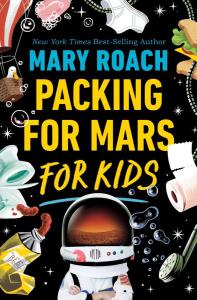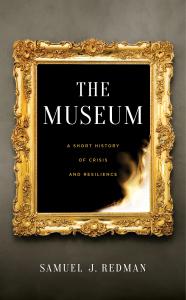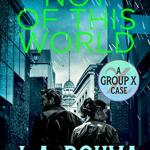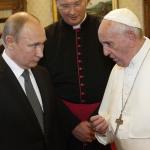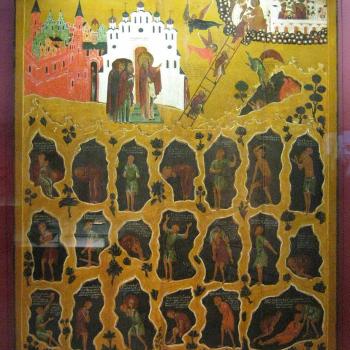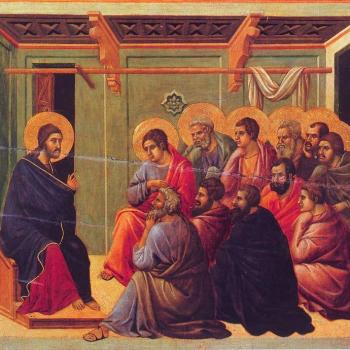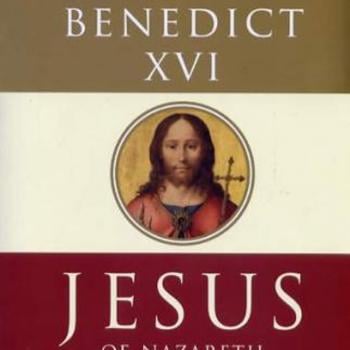The year keeps going and the books keep getting written and published.
My goal in this post is simply to alert you to what is out there for you to read.
So here are some newly published non-fiction books that caught my eye.
They might be worth reading in entirety.
In this list you will see books about non-humans and history,
What it was like to be and takes to be an astronaut,
The art of writing and storytelling,
The mystery of puzzles, libraries, and museums,
The memoirs of a presidential sibling and a woman living in a van down in the dessert and
The Murder of the man who invented the movies?
And this post is being released on May the 4th.
Star Wars Day
With no SW books mentioned
But…
The Last Days of the Dinosaurs:(2022)
An Asteroid, Extinction, and the Beginning of Our World
by Riley Black
The story I’m about to tell you, a tale spanning a million years, rests at the nexus of science and speculation. It’s a vision of the late Cretaceous and early Paleocene worlds that is informed by everything we’ve learned through decades of discovery, a tale that emerges from the science rather than a recounting of the scientific process itself. Some of the story is speculative, inferred from hypotheses and available evidence rather than directly referenced in the literature.
But much of this tale, the deadly unfolding of devastating ecological change, is based on fact, the scientific skeleton that I’ve clothed in narrative flesh. This book’s appendix explains what’s fact and what’s hypothesis or invention, and I’ve divided it out so that we can follow the dramatic changes in the period from 66 million years ago to 65 million years ago without skipping a beat. My goal is to offer an ecological, fleshed-out view of these organisms and their biology during a time of terrible stress, and I’ve done my best to envision these species as living organisms rather than permineralized, distorted fossils. That’s the goal of paleontology, after all—to start with the offerings of death and work back toward life.
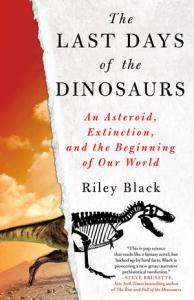
The Bald Eagle:(2022)
The Improbable Journey of America’s Bird
by Jack Emerson Davis
THE PAGES OF HISTORY you have in hand offer a comprehensive account of a singular avian species and its relationship with a nation and its people. The book’s nine chapters with vignettes—discrete introductory stories that precede each chapter and pivot the larger narrative—in essence constitute a biography of both the living bird and the symbol. Looking at the two as one reveals that the place of these hallmark birds in the American pantheon runs deeper than mere national icon and opens out to more than conflict and reconciliation. At the nation’s founding, bald eagles were only one defining element of the rarefied natural environment of North America, an environment that constituted the wellspring of an original national identity. Within a century after adoption of the Great Seal, restless Americans and new immigrants broke out across the continent and into the modern age of manufacturing and consumption. Inevitably, nature as resource eclipsed nature as cultural identity. America’s attachment to its organic foundation, a source of its exceptionalism among other nations, would soon be forgotten.
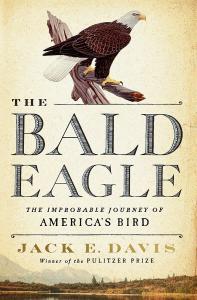
The Man Who Invented Motion Pictures: (2022)
A True Tale of Obsession, Murder, and the Movies:
by Paul Fischer
Ten years after that motion picture was shot, a sensational lawsuit was raging, its outcome hinging on Le Prince’s “garden scene,” as he had come to call it. Its developments were regularly covered on the front pages of international newspapers, and its outcome would determine who, in the eyes of the law, was the inventor of motion pictures. It was a court case that would shape the movie industry for the rest of the twentieth century, and one in which Thomas Edison, the world’s most famous inventor and the self-proclaimed creator of motion pictures, stood accused of theft, fraud, and perjury. The trial’s catalyst was the disappearance of Louis Le Prince, who, two years after shooting the garden scene, had boarded a train in the South of France— and was never seen or heard of again. His body was not recovered. It would be seven years— the period required by law for a missing person to be declared dead— before his family could take control of his patents and other intellectual property; by then, Edison had already made a fortune showing moving pictures, and the Le Prince family went to court to prove the new medium was not his to exploit. Le Prince’s disappearance had not been solved; his final fate remained unknown. His wife, however, had a theory. Louis, she said, had been kidnapped and killed— and the man who ordered the murder was Thomas Edison. 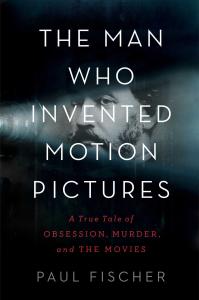
The Puzzler: (2022)
One Man’s Quest to Solve the Most Baffling Puzzles Ever,
from Crosswords to Jigsaws to the Meaning of Life –
by A.J. Jacobs
When I was able to travel, I went anywhere great puzzles took me. My family and I competed in the World Jigsaw Puzzle Championship in Spain. I visited the artists at the base of Mount Fuji in Japan who make intricate wooden puzzle boxes that sell for thousands of dollars.
I learned the surprising history of puzzles, perhaps the oldest form of entertainment. I learned how they’ve played a part in religion, love, and war. How the British secret service used a crossword puzzle in The Daily Telegraph to recruit codebreakers against the Nazis. How Benedict Arnold sent secret messages encoded in publicly available books (a method that is still used today, with slight variations).
I met the man who holds a record for solving the Rubik’s Cube with his feet. I got a lesson on solving chess puzzles from Garry Kasparov and visited the CIA to see the infamous unsolved Kryptos sculpture. I grappled with a puzzle that has 641,453,134,591,872,261,694,522,936,731,324,693 possible arrangements, but only one solution.
I’ve seen the dark side of puzzles, how they can overlap with paranoia and obsession. And I grew to love types of puzzles that never appealed to me before. I talked to scientists about why we’re so drawn to puzzles, why an estimated 50 million people do crosswords every day and more than 450 million Rubik’s Cubes have been sold. In the end, I’ve come to a conclusion that may seem overly bold, but I’m going to try to convince you of it by the time you finish this book. The conclusion is that puzzles can save the world. Or at least help save the world.

Ready for Launch: (2022)
An Astronaut’s Lessons for Success on Earth
What can you learn from my life in space—both preparing for it on the ground and orbiting Earth at more than 17,000 miles per hour? The answers might surprise you. I want to share some of the things I’ve learned that you might not expect—lessons about leadership skills on a dark night on an aircraft carrier in the middle of a churning sea, lessons about the fear you feel with 7 million pounds of engine thrust exploding underneath you, and most of all, lessons about how failure can be a powerful tool to change your life. There’s an idea out there that astronauts are always perfect. “Failure is not an option,” right? That’s why I want to take you through some of my life experiences, so you can see why that’s just not true. I believe that everyday human failures—if handled correctly—can be one of our greatest opportunities to learn, grow, and succeed. And I want to show you how.
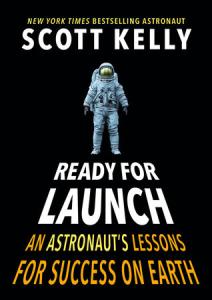
Nowhere for Very Long:(2022)
The Unexpected Road to an Unconventional Life
by Brianna Madia
I believe the truth of how we become who we are is layered. Not like onions, but like earth. Traceable at the surface, but tumultuous beneath. Tectonic plates of our pasts shifting violently, or more often subtly, causing great rumbling disruptions in the identities we think we’ve mapped so well.
We were a ragtag group of misfits. Modern-day traveling gypsies. The big orange van named Bertha with a propensity for back roads and breakdowns. The steely-eyed hound named Bucket with ears soft like mullein weed. The unruly little dingo named Dagwood, adopted and returned three times before he made his way to us. My husband, Neil, whom I’d known since I was just ten years old. And me, of course, just desperately trying to document it all, because forgetting it was my greatest fear. The five of us became so intertwined, we practically wore each other on our skin. Dog hair and desert dust and Bertha’s black engine blood dried deep in the cracks of our knuckles. But even the most beautiful stories can have tragic endings. They can also have beautiful endings. Though I suspect any story worth telling has a little bit of both.
I never would have imagined that I would end up alone, but perhaps it was inevitable.
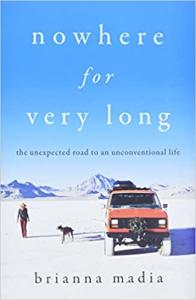
How to Tell a Story: (2022)
The Essential Guide to Memorable Storytelling from The Moth:
It was one of those unseasonably warm New York evenings. We were at Cooper Union, and it was my first Moth event.
Why had I said yes to getting up in front of eight hundred human beings, who had paid good money, to lay myself bare and embarrass myself in this way? I was there because I believe in the supreme power of storytelling. It’s been the one through line in all my work. It’s really the only superpower we humans have. Think about it. The cheetah is faster, the elephant stronger, the eagle can soar much higher than any Olympic pole vaulter. Storytelling is the best thing about being human. And I believe it can change the world. That’s right. Stories can and do change the world.
I hope this book you are holding in your hands will help you believe it too. The patient and professional story coaxers at The Moth know the power of storytelling. They assured me when I first met with them more than a decade ago that everyone has at least one story to tell. It’s all in the way you tell it. You are encouraged to remember texture, detail, sense memory, and what you felt like when the story first took place. These exercises make you listen to yourself, and in doing so, they unlock the true power of storytelling.
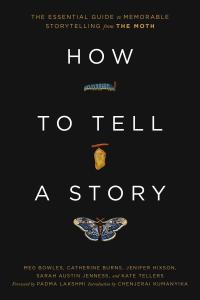
When I tell someone for the first time that I was a librarian for six years, their face often lights up. Sometimes they want to tell me about their childhood library, or the last time they went to their local branch, or ask if I’ve read a particular book. Sometimes they just want to know what the work was really like. Was it quiet all the time? Did I read books all day? Did I have to go to school for that? Do I have glasses? Did I shhh? They often tell me, last, about how much they love libraries. I tell them I do too. And I do. But I have stood in these conversations knowing that there are glaring omissions from their questions about, and their understandings of, libraries. This leaves me with the same general dilemma again and again: do I tell them something a little truer?
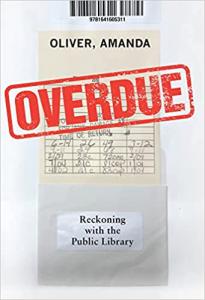
Growing Up Biden: A Memoir (2022)
“I saw the angel in the marble and carved until I set him free.” Maybe you’ve heard this quote before. Like a lot of resonant sayings, it’s been passed around to the point that some people don’t even know where it came from. As the legend goes, these were the great artist Michelangelo’s immortal words when asked how he could have created a masterpiece like his Angel sculpture at the Basilica of San Domenico. Whether or not that story is true, the message is powerful. We all carve and are carved. Sometimes we hold the chisel, and sometimes we are the marble. There’s still dust on my shoulders from the many Michelangelos in my life who saw the angel, that potential, in me—my parents, my brothers, my husband, so many teachers and family members, so many good friends. And I’ve tried to pass on the gift to be a Michelangelo to others around me who’ve looked over the years for advice, guidance, or unflinching love.
My three brothers and I grew up with many advantages. I’m not talking about wealth or status—we Bidens had neither. Rather, I’m referring to things that are far more valuable and precious—our family, our upbringing, our faith. Because of these values, our parents expected us not to squander what we had been given but to be change agents, to make a difference. And that’s just what my brother Joe and I set out to be—agents of change—to share our ideas, and to invite others to engage with us on this journey toward a more just and equitable future.
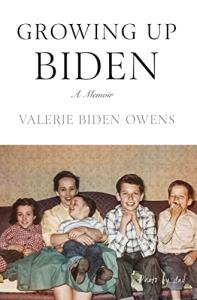
Write for Your Life (2022)
by Anna Quindlen
What sometimes gets lost, in the many decades since her father first published Anne Frank’s diary, in the millions upon millions of copies it has sold in dozens of languages, is that when she first began, Anne Frank wasn’t writing a book. She was talking to herself. And she was talking to herself in a way that any of us can do too. She was finding solace in writing her life, her thoughts and feelings, day after day. Words to live by. Anne Frank was living through an extraordinary experience, an extraordinary time, an extraordinary horror, and to ground herself she was committing everything to paper, much of it not particularly profound.
Anne’s diary is instructive about how writing, for anyone, for everyone, for you and for me, can normalize the abnormal and feed the spirit, whether during exceptional moments of history or just ordinary moments of everyday life. For those far along in the span of their lifetimes, writing offers an opportunity to look back, a message in a bottle that says, This was life. This was how it was, this was who I was. For young people like Anne, it’s a way of understanding yourself, hearing your own voice, puzzling out your identity.
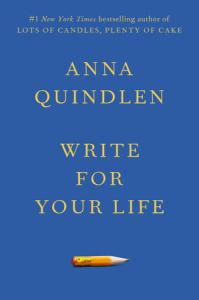
Packing for Mars for Kids (2022)
by Mary Roach
To a rocket scientist, the human being is a problem. We are the most irritating pieces of machinery a rocket scientist could ever have to deal with. We need food and water and eight hours of sleep to function. Our memory is puny. We’re moody and unpredictable. A circuit board or a propulsion nozzle, on the other hand, is stable and undemanding. It does not eat or panic or forget to shut the air lock, and it never complains
But to me, the human being is the machinery that makes space exploration so interesting. We are creatures whose bodies evolved to keep us alive and thriving on a planet with air and running water and lots of gravity. In space, none of these things exist. So it’s a huge challenge to figure out ways to keep astronauts alive and healthy.
There are replicas of space capsules and space bathrooms and a giant simulator that lets astronauts practice parking a space capsule at 17,000 miles per hour. By visiting these places and things, it’s possible, in a way, to visit space without leaving Earth. And that’s what we’re going to do.
